Optimising genset operations with RTUs
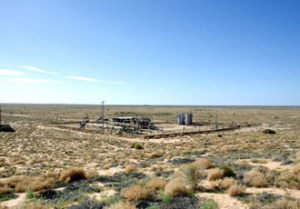
RTU-enabled gensets are one way to ensure a resilient business model, enabling effective monitoring and control, even if your genset is located in a remote or harsh environment. In this Q&A, Jean Burton, Technical Sales Support Manager at Ovarro, explains how Remote Telemetry Units (RTUs) can optimise genset operations.
The principle benefit of being able to remotely monitor an asset using an RTU is that it allows operators to regularly verify from a laptop or smart device that the genset is immediately available to supply backup power when an outage occurs.
The RTU monitors all genset critical applications from fuel and coolant level, hours of run time, oil temperature, through to faults and load levels from the last time it was powered up. They monitor the external environment, too; for example, the local temperature. This can be particularly useful in harsh environments as it allows engineers to take pre-emptive actions to prevent overheating or freezing.
The alternative is to send an engineer for routine inspection which, in a remote location can be hazardous and time consuming. In some cases, it will require a second visit because they will only be able to identify faults when on site and then must source a replacement part when back at base. Knowing this information beforehand can save valuable time by carrying out maintenance in a single visit.
When deployed on gensets, RTU’s, such as our TBox, act as both the site controller and the site communications gateway. They collect data directly from the genset, or provide a secure VPN, to PLCs used to monitor the asset. The collected data is then made available to the operators who can issue commands back to the RTU to control the genset.
In parallel, the RTU relays key information to the asset owner or maintenance partner. With its ability to report alarms and historical data via email, SMS and FTP, it means nominated personnel are always being updated on the status of the gensets.
The Industrial Internet of Things (IIoT)
Operating a genset in remote geographic regions can make it a challenge to access IIoT. The physical constraints of not being on the ‘net’ is the first hurdle, whilst the age of some gensets means that operators believe that they must undertake considerable investment to replace ‘old’ assets with new, ‘smart’ versions.
The best way of thinking about RTU’s is that they are ‘mini-computers in the field’, so adding one to an older genset can turn it into a ‘smart’ asset. In terms of the benefits, RTU’s help optimise gensets in both near and remote applications by providing greater monitoring and control. As such, they are a powerful, cost effective method of getting on the IIoT journey.
What to consider when choosing an RTU?
An RTU specified for gensets should be certified to IEC 60068 for running in environments with shocks and vibrations. Our TBox has local I/Os, which are suitable for smaller gensets, whilst being able to collect direct signals fast, which is sometimes needed for safety systems. The TBox LT2 supports multiple field protocols - such as ModBus, Ethernet IP or ISO-TCP - to communicate to a local interface. A dedicated add-on for specific protocol can be developed if required.
Another thing to consider is reliability. Of all the pathways that your data must traverse, the connection to site is the one most likely to fail, and servers sitting in data centres are on the wrong side of that link. It is the RTU that sits at the true edge of your control system - in this case the genset - gathering information, providing local, low latency control, and protecting your financial interests, irrespective of communications connectivity.
RTU’s therefore need to be resilient to environmental extremes, withstanding anything from -40°C to +70°C climatic temperatures. Having multiple, independent communications links, redundant power supplies and redundant process controllers provides another buffer to site conditions and future technological developments. Their resilient nature and layers of redundancy ensure that RTU’s are a reliable part of an effective management information system.
Looking to the future
In recent years, site owners have been undergoing Digital Transformation, increasing the number of wired and wireless sensors to improve operational efficiency. TBox RTUs connect directly to wired sensors via I/O loops, and to the wireless sensor gateways via local communications links, providing access to all the new data points from the new data sources. This greatly increases the amount of information available to the operators for analysis and efficiency planning.
We can see that RTU-enabled gensets are an important element of a resilient business model. They give you full control of the genset, wherever it is located geographically, including remote, harsh environments. Once in place, the RTU gathers operational data from the genset such as energy consumption, operating hours and temperatures, transmitting it to a dashboard on a smart device or storing it in the cloud for trending and future analysis.
In practical terms, RTU’s allow engineers to start or stop the genset without having to visit the site. Sometimes, knowing that it just works, through a scheduled stop / start cycle, provides the reassurance that they have reliable back up power when it’s needed.
Similar articles
More from Ovarro
- Checking-in on remote assets 22nd April 2021
- How to make sense of big data 7th April 2021
- Adding value with the right telemetry partner 24th March 2021
- Optimising genset operations with RTUs 25th February 2021

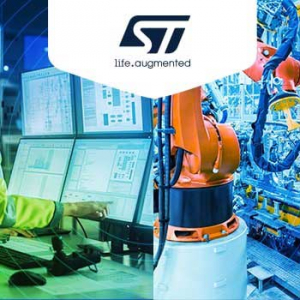
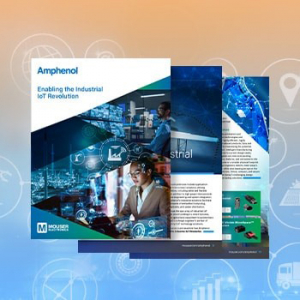
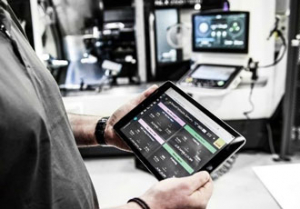
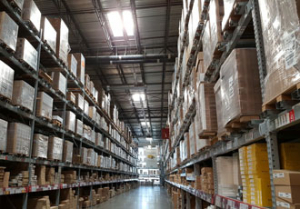
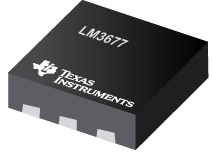

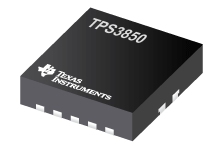
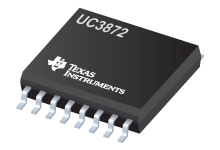

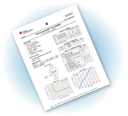

Write a comment
No comments